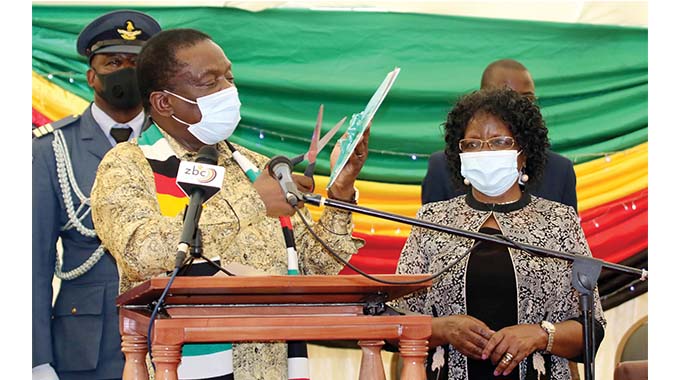378 Zimbabwean women die during child birth

Thandeka Moyo-Ndlovu, Health Reporter
A TOTAL of 378 women died while giving birth in Zimbabwe since January this year which translates to a maternal mortality ratio (MMR) of about 127 per 100 000 births.
Of these women, 66 died at home while 312 lost their lives at health institutions.
In the Trends in Maternal Mortality Study, the United Nations considers a MMR of less than 100 as low, between 100 and 299 as moderately low, and high when it is 300 to 499.
Experts say the country’s MMR shows great strides in combating death of pregnant women but point out that lack of ante natal care in most rural areas is driving the figure up.
The Ministry of Health and Child Care says 302 802 births have been recorded countrywide since January this year and 32 293 of those were conducted at home.
Zimbabwe’s MMR has been one of the highest in the world compared to the globally acceptable figure of 100.
MMR is the number of women who die during pregnancy and childbirth, per 100 000 live births.
The World Health Organisation defines maternal mortality as the death of a woman while pregnant or within 42 days of termination of pregnancy, irrespective of the duration, site and form of ending, from any cause related to or aggravated by the pregnancy or its management but not from accidental or incidental causes.
MMR is also used to measure a country’s developmental status and is affected by economics.
Zimbabwe like every SADC state made regional and national commitments to at least halve maternal deaths or ensure the rate is 70 per 100 000 births by 2030 as spelt by the Sustainable Development Goal number three.
Statistics from the Ministry show that Mpilo Central Hospital and the United Bulawayo Hospitals recorded some of the fewest maternal deaths compared to other health institutions.
Mpilo recorded 7 167 births, 44 home births and 10 deaths from January 2020 which translate to a 140 MMR.
UBH had a total of 2 694 births and of those 95 were home births and nine women died in the process.
In Matabeleland North, 16 610 births were recorded since January of which 1 818 were home births with a total of 11 deaths. Of the 11 deaths recorded in the province, five were of women who delivered at home.
A total of 14 940 births were recorded in Matabeleland South, 1 027 from home with 17 maternal deaths at health institutions. Another seven women died during home births in the province.
Manicaland province had a total of 40 162 births and the highest number of women who died at home and institutions at 59.
“Statistics from January 2020 to December 2020 show that there were 378 maternal deaths, 66 at home and 312 at health facilities. The top five causes of maternal deaths in Zimbabwe are bleeding after giving birth which accounted for 26 percent of the deaths,” said the Ministry.
“Hypertensive diseases accounted for 16 percent which often lead to violent fits during pregnancy. Puerperal sepsis which is fever and pain due to infection of the genital tract of a woman that occurs from the breaking of the waters or labour up to 42 days after giving birth accounted for 10 percent of the total maternal deaths in Zimbabwe.”
The Ministry also said: “Post and peri abortal sepsis which is a serious infection of the uterus due to induced abortion accounted for nine percent of the deaths. The other top five cause of maternal deaths include c- section procedures which accounted for five percent of the deaths.”
Health institutions were encouraged to report and audit all maternal deaths as and when they occur as part of interventions.
“Clinical mentorship for nurses and doctors at provincial and district levels; in the job training of nurses and doctors at all levels on Emergency Obstetric and Neonatal Care; Utilisation of the Maternity Waiting Homes by pregnant mothers; Implementation of new Ante- Natal Care (ANC) guidelines will help reduce maternal deaths in Zimbabwe,” added the Ministry.
“Procurement of essential maternal and newborn health equipment, drugs and consumables – including blood and related products; improved family planning (FP) services and training of service providers on the WHO standards on youth friendly service provision will help in curbing the deaths.”
Bulawayo gynaecologist and Acting Mpilo chief executive Professor Solwayo Ngwenya said despite a high MMR, the country had improved in terms of ensuring less women die during birth.
He called for more investment in the training and retraining of medical personnel and easy access to services. -@thamamoe










Comments